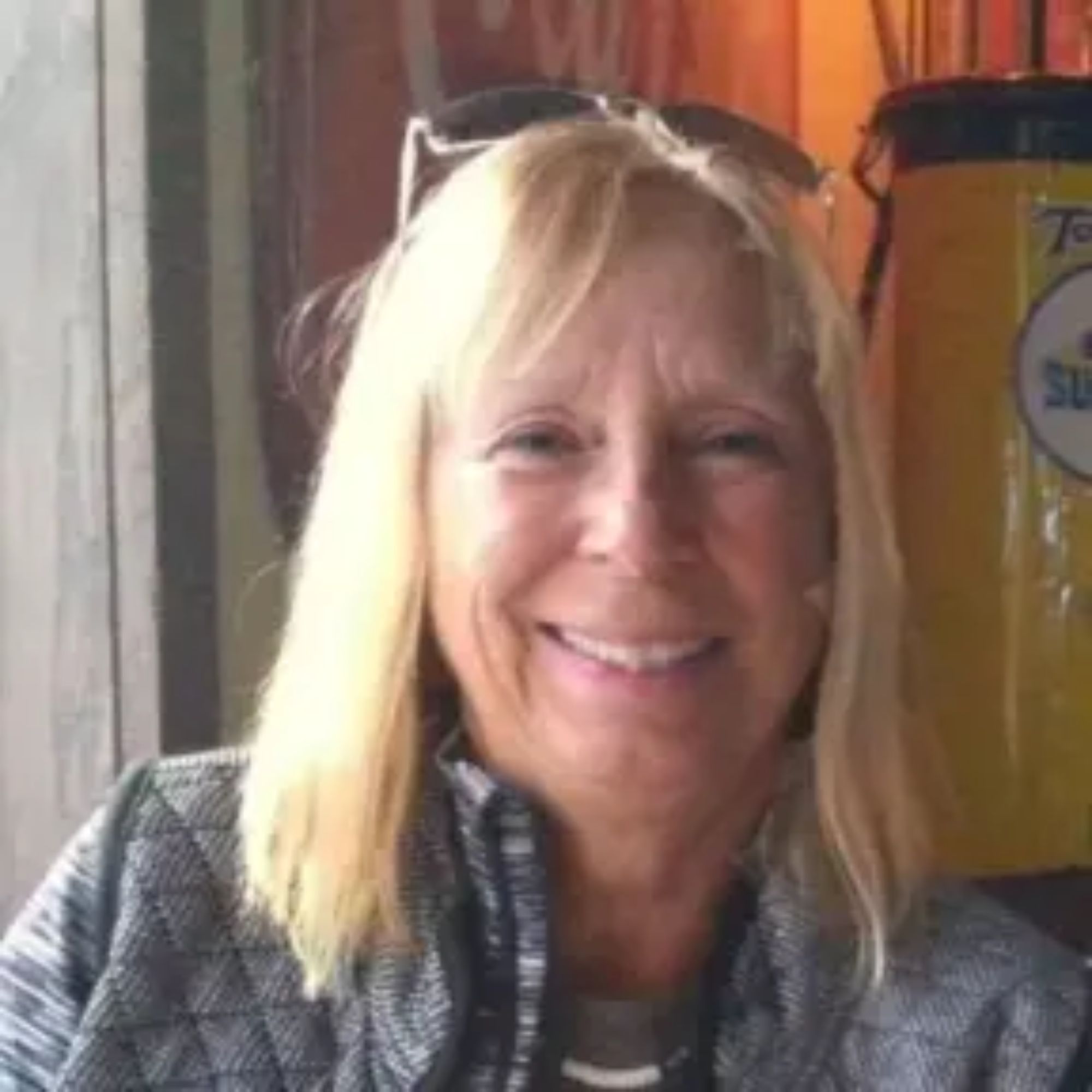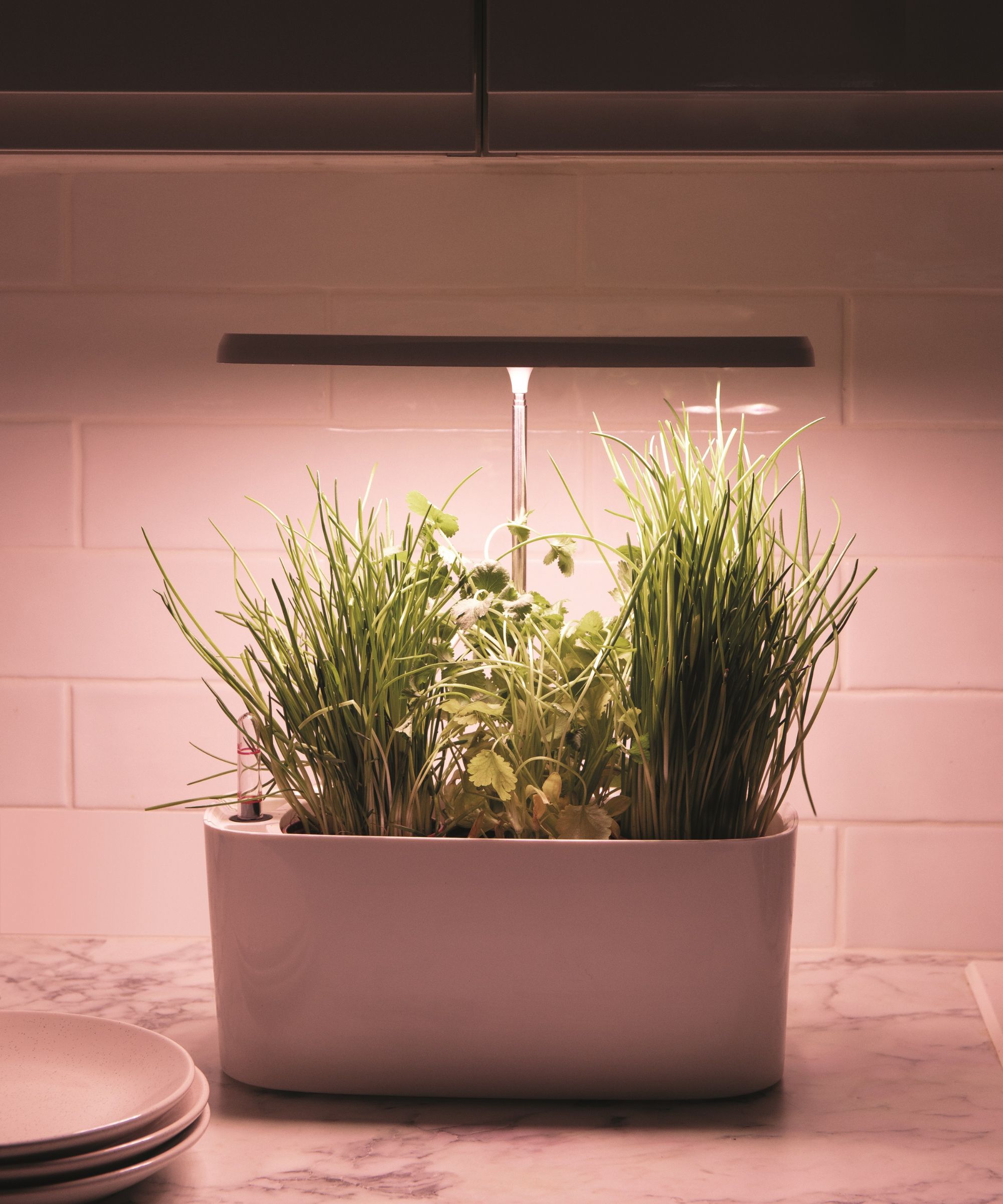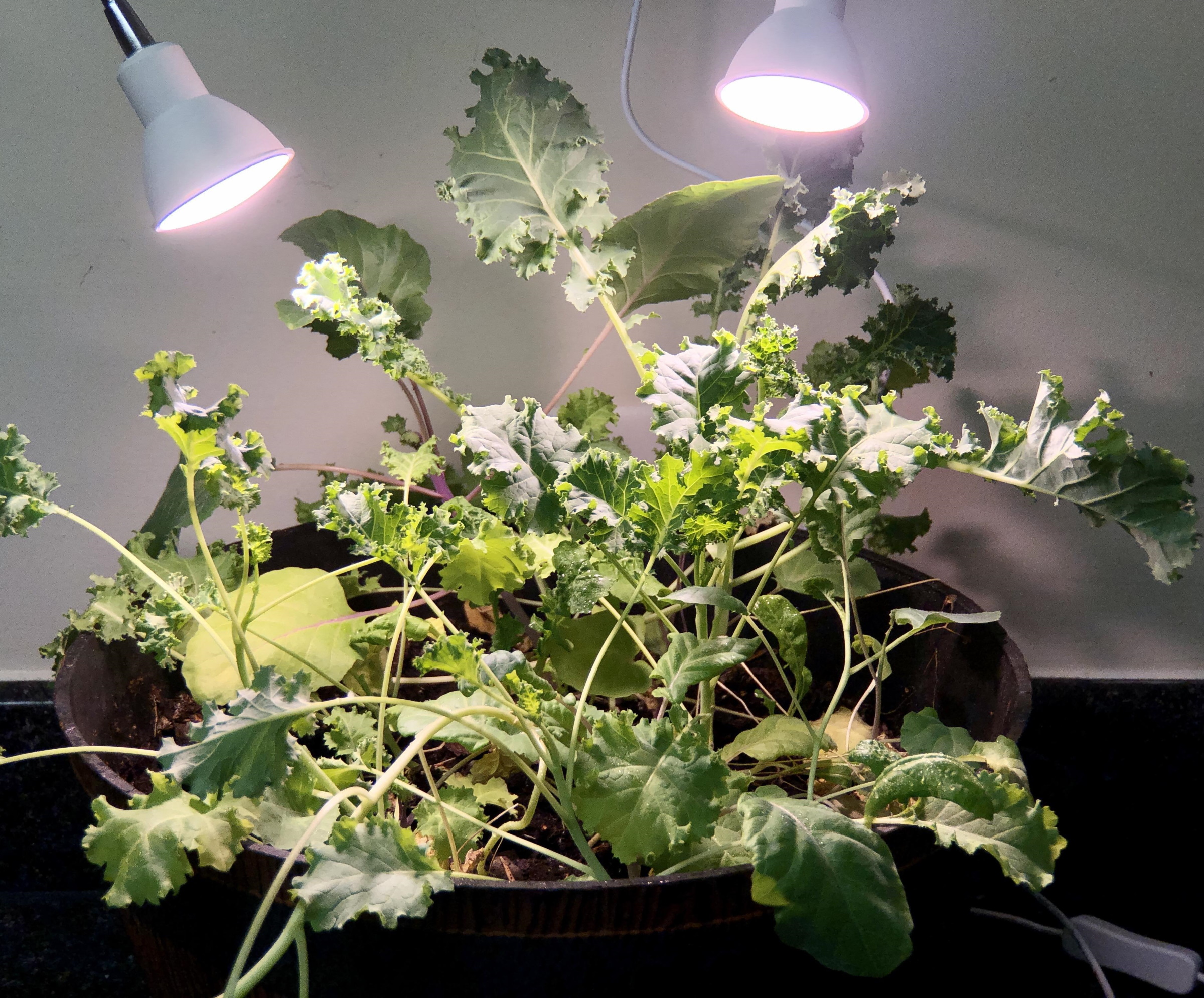6 grow light mistakes that might be damaging your plants – and what to do instead
Experts explain why these common errors can be harmful to plants


If you use grow lights incorrectly, all their amazing benefits - including supplementing natural light to support plant growth and improving plant health - can be compromised, leading to unintentional damage to your plants.
These mistakes can lead to weak, stunted, and leggy growth, as well as reduced yields, and wasted energy.
By being aware of these common grow light mistakes, it will be easier to understand how and when to use grow lights on plants to ensure stronger, healthier growth for your indoor plants.
1. Using the wrong light spectrum

One of the most common mistakes with home grow lights is using the wrong type of light.
Grow lights emit light particles that plants recognize for photosynthesis, providing the essential energy they need for growth. These lights not only speed up growth but also promote faster flowering. However, for optimal results, plants require different light wavelengths at various stages of development.
To promote healthy growth, it's important to use specialized horticultural lighting with a color temperature of at least 6,500K. For flowering, 2,700K is more suitable. Metal halide or ceramic metal halide bulbs are excellent for the vegetative stage, while high-pressure sodium bulbs, which emit an orange glow, are ideal for flowering.
Carolyn Fortuna, a horticulturist and organic gardener advises: 'It’s better to use full-spectrum grow lights or alternate between blue and red light according to the plant’s growth stage. Full-spectrum lights that mimic natural sunlight can prevent stunted growth and poor flowering, ensuring balanced development throughout the plant’s life cycle.'
Design expertise in your inbox – from inspiring decorating ideas and beautiful celebrity homes to practical gardening advice and shopping round-ups.
For ease, this BESTVA full-spectrum grow light from Amazon covers the light wavelengths for every growth stage; Amazon also sells a vast range of grow light bulbs to choose from.

Carolyn Fortuna is a Horticulturist and writes from her home in Chepachet, RI, where she advocates with her lake association for chemical-free solutions to eradicate invasive species. She’s an organic gardener who draws upon digital media literacy and learning to spread the word about sustainability issues.
2. Placing grow lights at the wrong distance

Proper light placement is crucial to maintaining healthy plants. If lights are placed too far from the plants, they won’t receive enough energy for photosynthesis. On the other hand, placing grow lights too close can cause heat stress and leaf burn.
To optimize plant growth, adjust the distance of the grow lights based on the type of plant and light intensity. A good general guideline is that lights should be placed 12-18 inches from most plants. For seedlings, a distance of around 6-12 inches is ideal, while mature plants thrive at a range of 12-24 inches.
And remember, always adjust the light distance according to the plant’s needs and the strength of the light source. If your plant looks unhappy, consider altering this distance.
3. Providing insufficient light intensity for the plant size

Another error is not providing enough light intensity for the plant or area of indoor garden you are growing.
'Most seedlings need at least 30 watts per square foot, while mature plants require 50 watts per square foot,' explains Josh Payne, owner of Classic Landscapes. 'Without adequate wattage, plants will become leggy, pale and produce smaller yields.
'I always recommend using specialized horticultural lighting with built-in reflectors to maximize light distribution.'
4. Setting inconsistent light schedules

Plants need consistent light cycles for healthy growth. Too much light can stress plants, while too little won’t support their development. Plants need a light-dark cycle to develop properly.
Most plants require 16-18 hours of light during the vegetative stage and 12 hours during the flowering stage. This will ensure your plants get a balanced light schedule.
You can use a timer to automate light cycles, ensuring that they receive an appropriate balance of light and dark. This BN-LINK programmable timer is available at Amazon.
5. Ignoring heat generated by lights

Heat buildup can damage plants and the growing environment. Neglecting proper ventilation can cause heat stress.
To ensure heat generated by grow lights doesn't damage plants, Josh Payne suggests using a fan to cool air and promote better air flow. A stable temperature of around 65-80°F is favoured by most indoor plants.
6. Ignoring a drop in humidity levels

Grow lights can affect the humidity of your growing environment. High light intensity may lower humidity levels, which can dry out plants.
You can monitor humidity levels using a hygrometer, such as these one from Walmart, and adjust them accordingly using a pebble tray or humidifier to maintain the ideal levels for the plants you are growing.
If you are shopping for grow lights it's important to remember that cheap or low-quality grow lights may not provide the full spectrum of light your plants need. Investing in high-quality LED grow lights with a well-balanced spectrum ensures your plants receive the proper lighting for each growth stage.
As one of the products you need to improve your success with indoor and outdoor plants, finding quality grow lights not only promotes healthier plant growth but also saves you money over time.

Lola Houlton is a news writer for Homes & Gardens. She has been writing content for Future PLC for the past six years, in particular Homes & Gardens, Real Homes and GardeningEtc. She writes on a broad range of subjects, including practical household advice, recipe articles, and product reviews, working closely with experts in their fields to cover everything from heating to home organization through to house plants. Lola is a graduate, who completed her degree in Psychology at the University of Sussex. She has also spent some time working at the BBC.